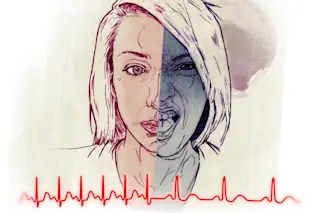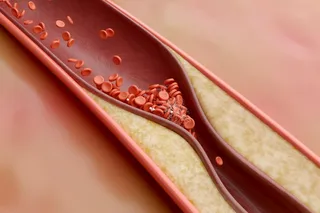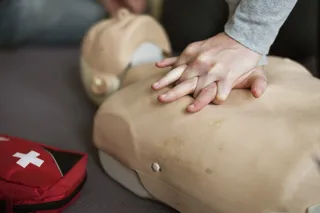I was getting ready for rounds when the page came in.
“We have a stat consult in the ER,” I told my entourage when I hung up the phone. “A woman presented with syncope and significant bradycardia.”
“What’s that?” asked Ellie. I almost forgot my teenage daughter was shadowing me today.
“A fainting spell,” I explained, as Brian and Adam, the medical residents assigned to my service, and Ellie and I proceeded at a brisk pace to the emergency department. “The paramedics found her heart rate to be in the 30s.”
“What should it be?” asked the ever-inquisitive Ellie.
“The heart should beat around 60 times a minute at rest,” I answered. “Faster with activity.”
We arrived in the emergency department. “She’s stable now. She got atropine,” a nurse reported.
“It’s a drug we give intravenously to speed up the heartbeat,” I told Ellie, anticipating the question brewing in her ...















